The today topic is "applied mathematics". I love it if I can use some of the maths stuff I learned in school to help real problems.
Since the tubes of our cars are round we often have the same problem: cutting a hole into a tube in order to insert another tube:

It would be nice if we can compute the dotted surface in order to print it, clue it onto the tube and make the cut along the edge.
All you need is Pythagoras' theorem and trigonometric functions. Playing around with gnuplot I used this script:
set xzeroaxis
set yzeroaxis
set param
set samples 10000
r1 = 42.5
r2 = 38
plot [0:2*pi] sin(t)*r1,sgn(cos(t))*r2*asin(sqrt(r1**2-(sin(t)*r1)**2)/r2) notitle
The result looks really strange

but we have the special case that r1 > r2.
Sticking it onto the tube doesn't make it better
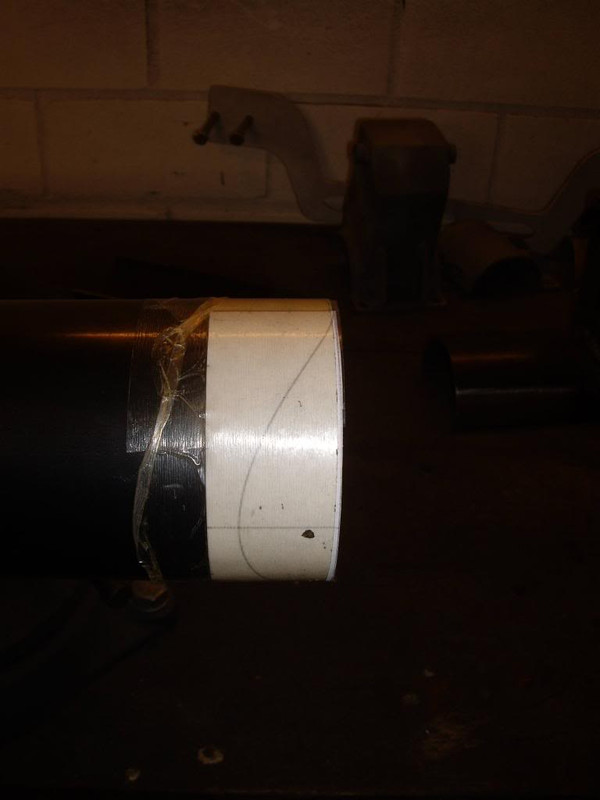
but when you turn the tube it really works
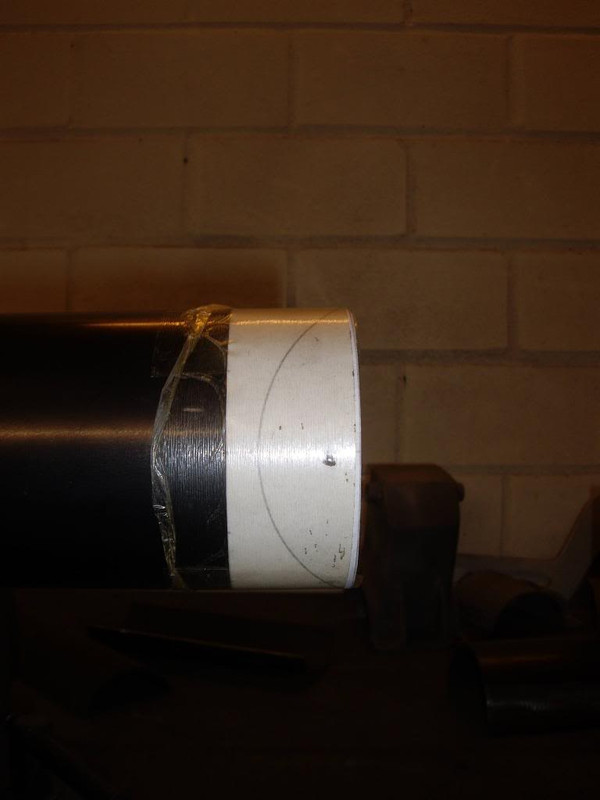
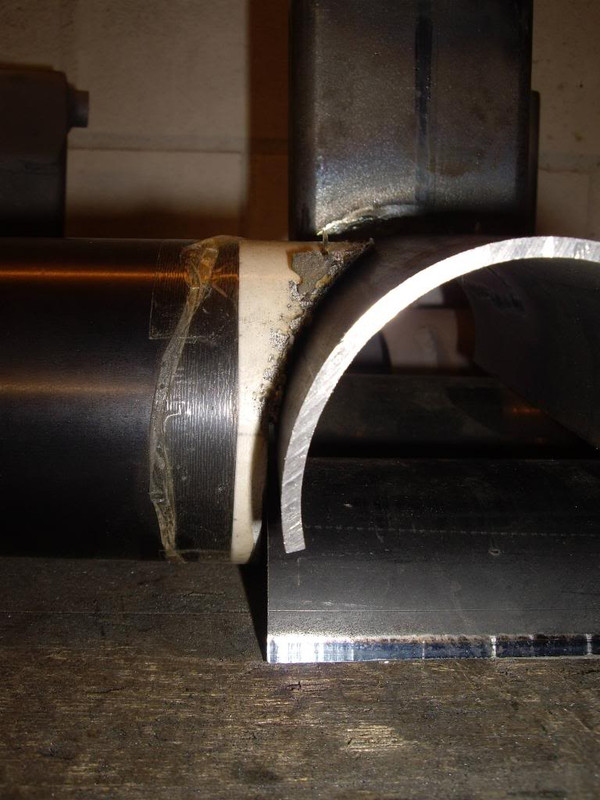
I used the same technique to make an upper cut on the tube.
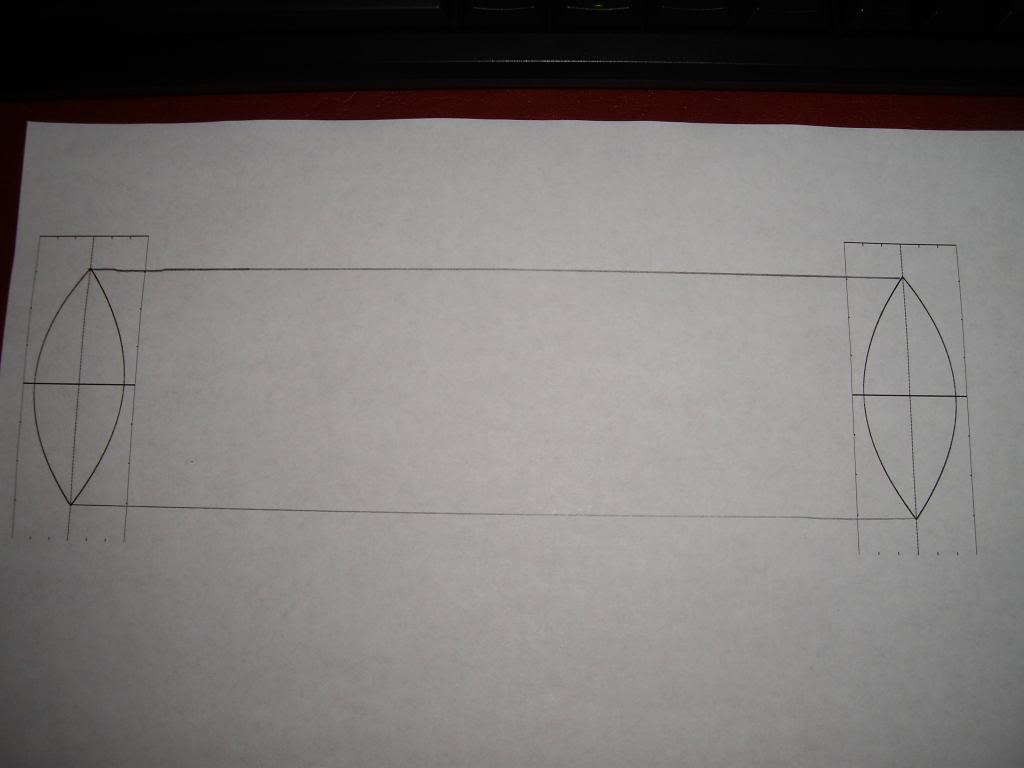
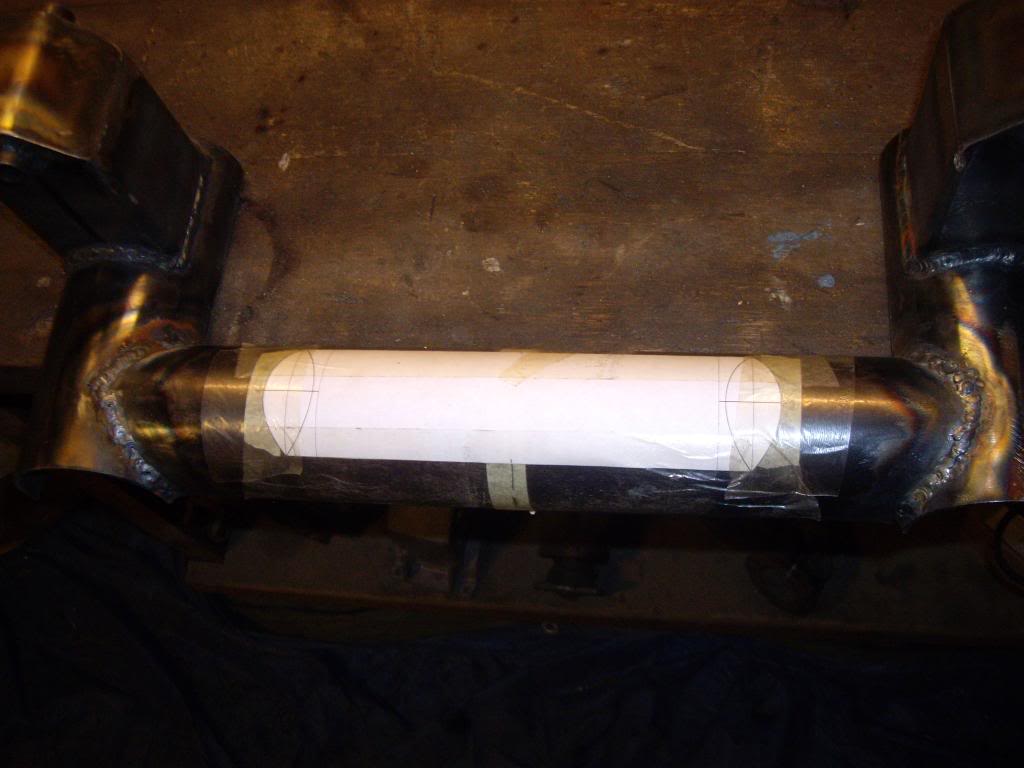
This time the border should have an angle of 45°.

... and yes, this is a new version of the engine mount. It is the third version and I get more and more welding practice. The reason for the new version is that the engine mount should also enforce the stiffness of the main frame.
